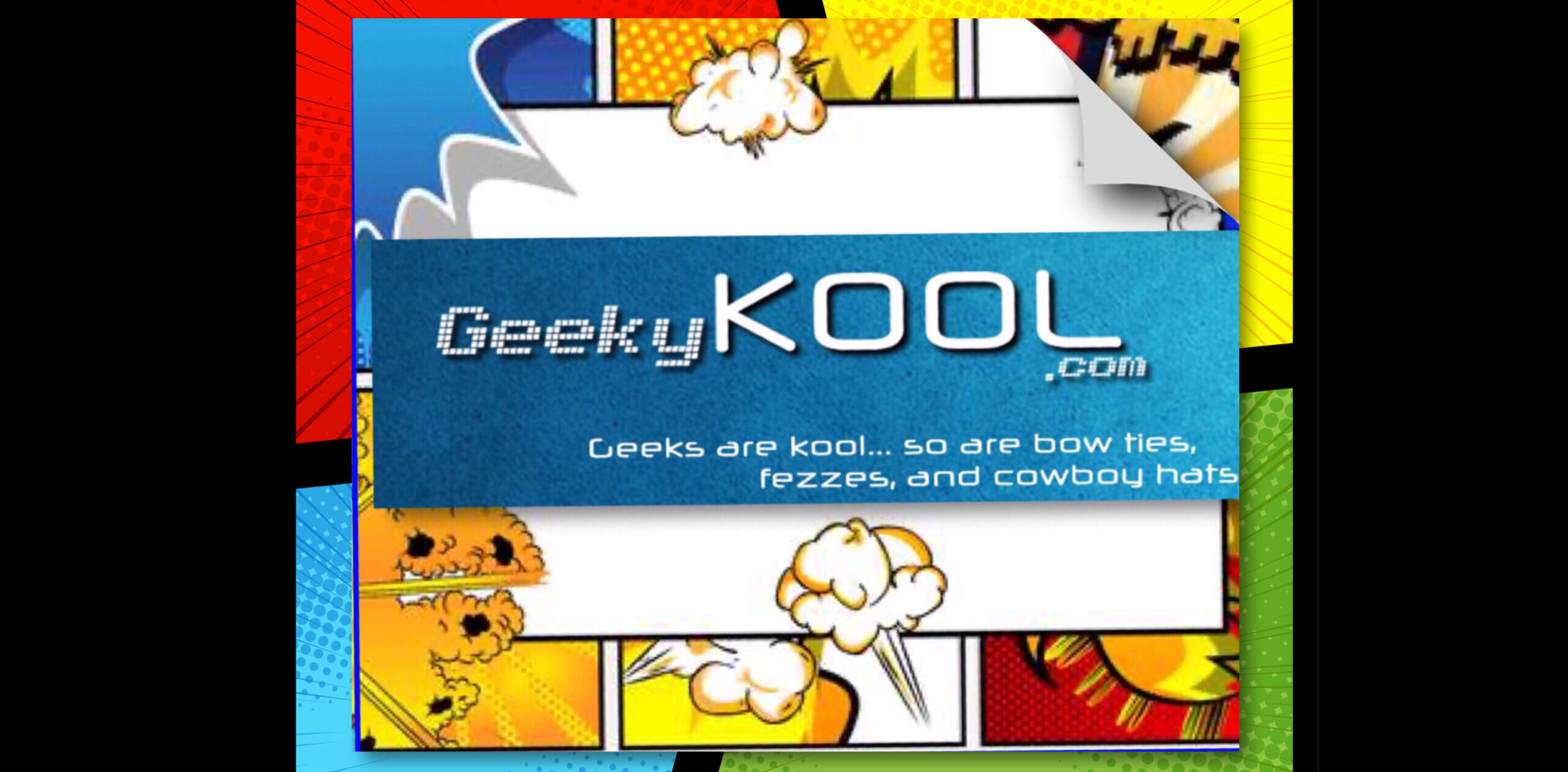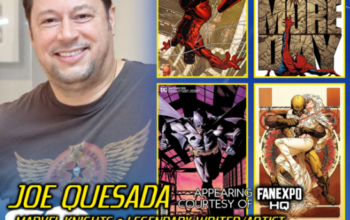1. Read the Pictures. This is probably the best advice I can give you. Comics are, by their very definition, an art-dominate form. The images must be studied and evaluated just as much — if not more so — than the text. This is dual sensory input so think of it as art and literature synthesis at the same time. Think of the art as the descriptive words in a prose novel. You don’t just read the dialogue of a novel. If you only read the words in a comic and just give a cursory glance at the art, then you will have missed over half of the story.
2. Read slowly. Comics are not designed to be read fast. I have to remind my students of this all the time. A stereotype of comics is that they are easy and should be zipped through. In truth, it should take more time to read a page of comics than a page of prose. That’s because the reader must analyze and synthesize the art and then analyze and synthesize the text and then the brain must place them together to create an entire, rich story. That gets easier and quicker the more you practice it.
3. Do a picture walk before reading a page(s). Look at the images on the page. As yourself: “What does the art seem to tell you? about the story?” Then read the page or the double-page spread. Sometimes figuring out the layout and which panel comes next is part of the fun.
4. If you get lost or confused … stop. Go back and re-read. You may have read out of order or you may not have caught some detail in the art. This is very important. I often stop and ask myself why I don’t understand something. When I go back and re-read the page or two preceding my confusion, I can then see my misunderstandings and correct them.
5. Enjoy the experience. Read should be, above all things, a wonderful time. Let the form flow over you. Don’t concern yourself with any preconceived stereotypes. Take breaks if you need them. Be confident in slow, contemplative, analytic, enjoyable reading.



